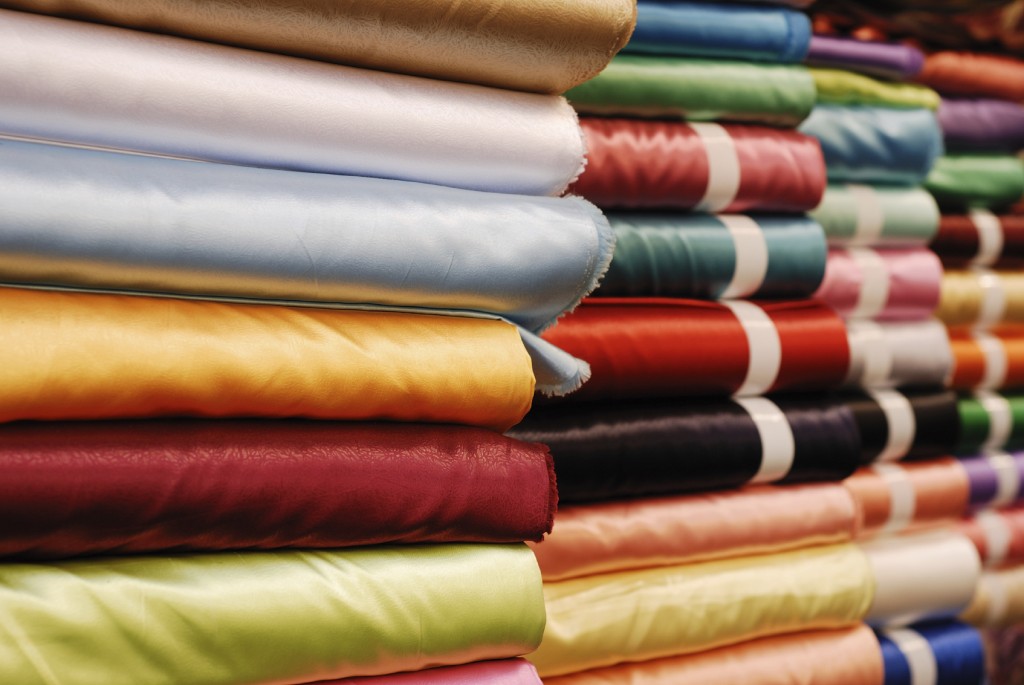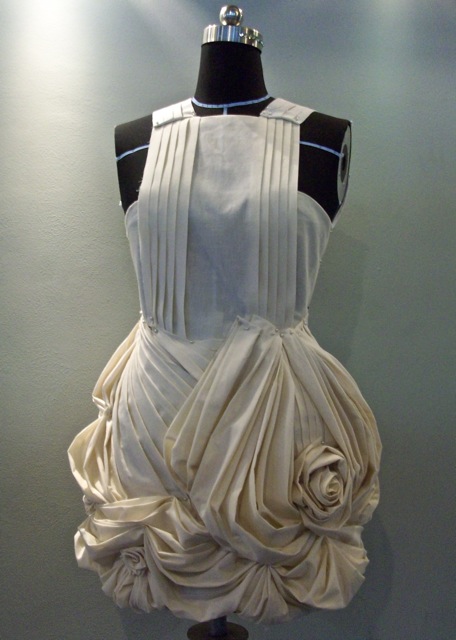Draping is an art and forms an important aspect of designing. When a garment is draped on a structure, it must express fall, fluidity and fold.Romans inherited the love of draping garments from the Etruscans and Greek culture. Since then draping has been followed as a costume tradition in the Roman culture. Romans were distinctively divided into two classes- the wealthy and the poor. The wealthy Romans would wear the toga elegantly draped over a tunic while the poor would wear simple clothing. They were not permitted to drape the toga or stola.
Over the years the art of draping garments became a skill worth learning. Today there are many fashion design institutes where draping is taught as an independent subject.
Let us understand the art of draping a garment.
Best Fabrics used for Draping
Mostly soft fabrics such as satin, silk, chiffon, georgette and lycra are best suited for draping. The reason being that these fabrics are soft and thus has a great fall. Other fabrics such as jute, linen and knitted fabrics are stiff and hence lack fluidity. Therefore, most evening gowns, ballroom dresses, etc. are cut from soft fabric that have a smooth fall.
Types of Drapes
Draping can be a tricky part of designing a garment but when appropriately applied it can bring out the best. There are numerous ways of achieving drapes in a garment. Some of the best examples of drapes are gathers, pleats, tucks and ruching. In a subject such as fashion designing, learning how to create different drapes can add immense beauty and style to a finished outfit.
Draping- The Process
After a design is sketched on paper, the designer may choose to add drapes wherever it’s appropriate. Before a design is traced on the final material, it is first worked on a cheaper fabric such as muslin.
In fashion design classes, students are first taught to practice on muslin and then fare it out on the actual fabric. Muslin is a popular fabric used by most fashion design students as it’s not very expensive and can be worked with easily.
The designing process first begins with sketching the design on paper. Designers often mark the points on paper where the drapes are required and then it is transferred from paper onto a body-form. The muslin is pinned on the body-form and then it is shaped according to the final design. Eventually, the designer has to coordinate with the tailor clearly explaining how and where the drape must come on the final outfit.
Importance of draping in Fashion Designing
Draping certainly adds an element of interest to any garment. Every designer must know the art of draping a garment to bring out the best design. If you want to highlight a particular area of a garment, then you can add pleats, gathers or tucks.
With draping, you can effortlessly transform a simple garment into an elegant one. Learn the art of draping so you too can add a twist of style.




